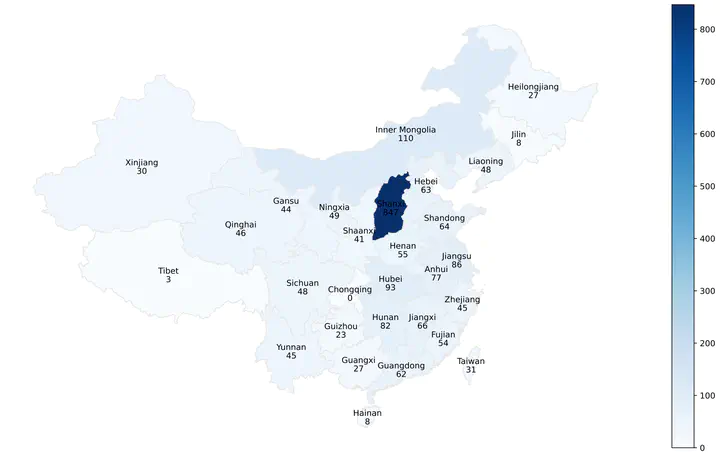Revisiting Tong Yun San Gong theory in Chinese music: a corpus study of Chinese folksongs

Abstract
This paper disentangles the interrelations of three fundamental concepts in Chinese music theory, namely, 均 (Yun), 宫 (Gong), and 调 (Diao), and examines which scales can be derived from them. This paradigm is then applied to the analysis of a Chinese folk song corpus. The idea of conceptualizing the Chinese scale system as consisting of three levels, called 同均三宫 (Tong Yun San Gong, three Gong in one Yun), was first proposed by Chinese musicologist Huang Xiangpeng in the 1980s and has been widely accepted since then. Huang claims that the three levels can yield a total of 180 heptatonic and 60 pentatonic scales. However, within this large set, there exist scales that are identical in terms of their pitch content, but have different names and scale degrees. There are only 84 heptatonic scales with distinct pitches. In addition, the hierarchical function of each scale degree is rather ambiguous. Therefore, the present work revisits the theory and validates it on a digital corpus. In the first part, we start with mathematically formulating these three levels, and then implement the scale derivation process. In the second section, music pieces from all parts of China in the Essen Chinese folksong database are grouped and analyzed by their Yun, Gong, and Diao, respectively. Our goal is to investigate how these three concepts are reflected in the musical score. The results provide empirical support for the role of each scale degree and each of the scales in Chinese music, and justify the far-reaching employment of the Tong Yun San Gong theory.